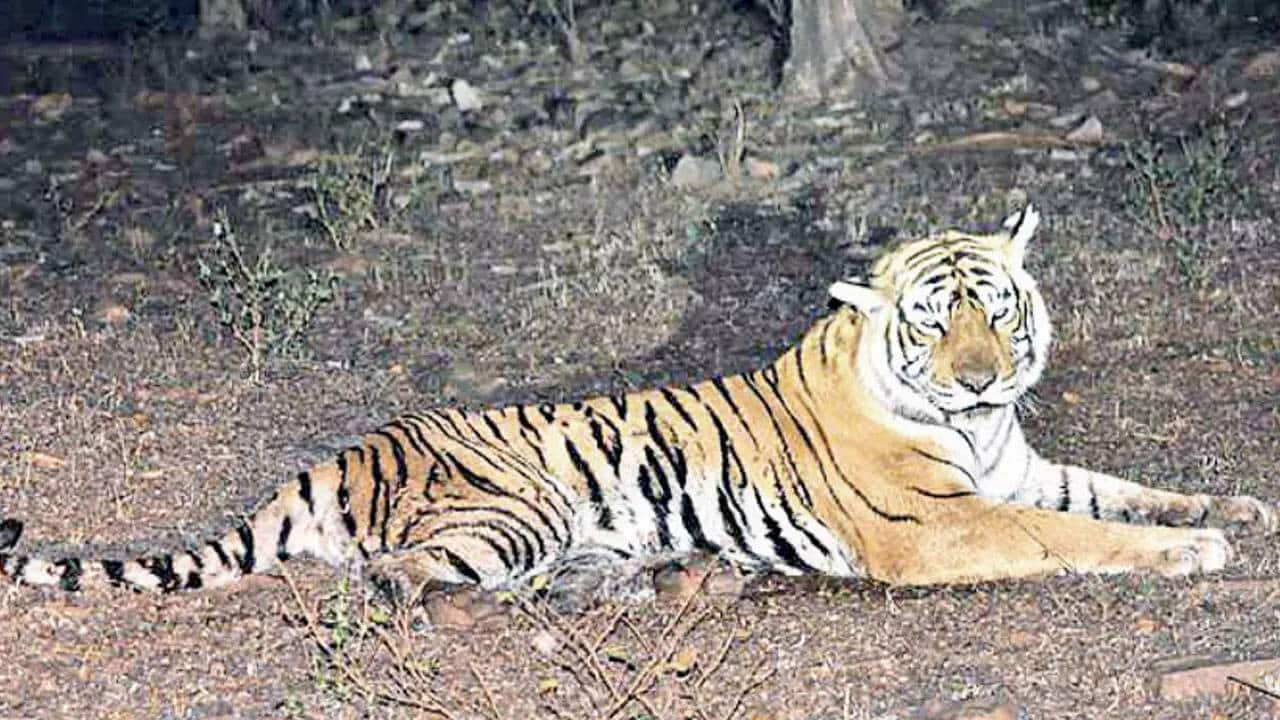
25 tigers missing from Ranthambore National Park: Officials
What's the story
In a worrying development, 25 tigers have gone missing from Rajasthan's Ranthambore National Park in the last year. This is the first time that so many tigers have gone missing in a single year, said Pavan Kumar Upadhyay, Rajasthan's Chief Wildlife Warden. The previous record was when 13 tigers went missing between January 2019 and January 2022.
Probe initiated
Investigation launched into missing tigers
Responding to the shocking disappearances, the wildlife department has constituted a three-member committee to probe. The committee's job is to go through monitoring records and recommend action if any negligence on part of park officials is found. The investigation primarily focuses on finding 14 tigers which haven't been spotted since between May 17 and September 30 this year.
Monitoring issues
Persistent monitoring gaps and unaccounted tigers
An official order dated November 4 highlighted repeated instances of missing tigers from Ranthambore's monitoring assessments. Despite multiple notices to the park's field director, no major improvements have been observed. As of October 14, there has been no concrete evidence of 11 tigers for over a year, and limited recent evidence for another 14.
Park challenges
Overpopulation and territorial conflicts among tigers
Ranthambore National Park, which spans over 900 square kilometers, currently houses around 75 tigers, including young ones and cubs. However, a Wildlife Institute of India study (2006-2014) revealed that the park can safely accommodate only about 40 adult tigers. The overcrowding has resulted in territorial conflicts among the tigers, forcing some to leave in search of new territories.
Relocation delays
Slow progress in relocation efforts and habitat development
Efforts to ease pressure on the park have included shifting villages from the buffer zone. However, the progress has been slow, with the last one being in 2016. A retired official stressed on the need for new programs, designed with local community involvement, to reduce human-animal conflict. Experts have also called for habitat development outside the park to tackle these issues.